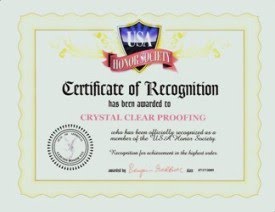Sentences and lists are awkward when they contain a series of items with inconsistent grammatical structure. But as your reader scans through a series of items with parallel grammatical structure, the relationships between different items of information become clear. Here’s an example:
Which of the two sentences below is easier to follow?At the February meeting we will hold a discussion of the new health plan, whether to revise the procedures manual, and then a draft will be developed of the early retirement policy.
At the February meeting, we will discuss the new health plan, decide whether to revise the procedures manual, and draft an early retirement policy.In the second example, the parallel verb tenses saved space and helped us grasp the ideas immediately. To help your writing flow smoothly and make sense, use the same format for items you present in a series.

HAPPY INDEPENDENCE DAY!
Source: Grammarbook
This/That/These/Those – Demonstrative AdjectivesThe demonstrative adjectives—this/that/these/those—tell us where an object is located and how many objects there are.
This/ThatThis and that are used to point to one object. This points to something nearby while that points to something “over there.”
Examples:This dog is mine.
This is mine.
That dog is hers.
That is hers.
These/ThoseThese and those refer to more than one object. These points to things nearby while those points to things “over there.”
Examples:These babies have been smiling for a while.
These are mine.
Those babies in the nursery have been crying for hours.
Those are yours.
 Source: Grammarbook
Source: Grammarbook
Copyright © 2009–2010 Crystal Clear Proofing. All Rights Reserved.


































































